Getting your hands dirty while helping wild animals recover from injury, illness, or abandonment creates some of life’s most meaningful experiences. Wildlife sanctuaries across North America offer volunteers the chance to contribute directly to conservation efforts while learning about animal behavior, rehabilitation techniques, and habitat preservation.
These facilities often operate on tight budgets and rely heavily on dedicated volunteers who provide everything from daily animal care to educational outreach programs. Many sanctuaries welcome volunteers with various skill levels and time commitments, from weekend warriors to gap-year students seeking immersive experiences with wildlife conservation.
Here is a list of 20 wildlife sanctuaries where you can volunteer your time and energy to make a real difference in animal lives.
Best Friends Animal Sanctuary
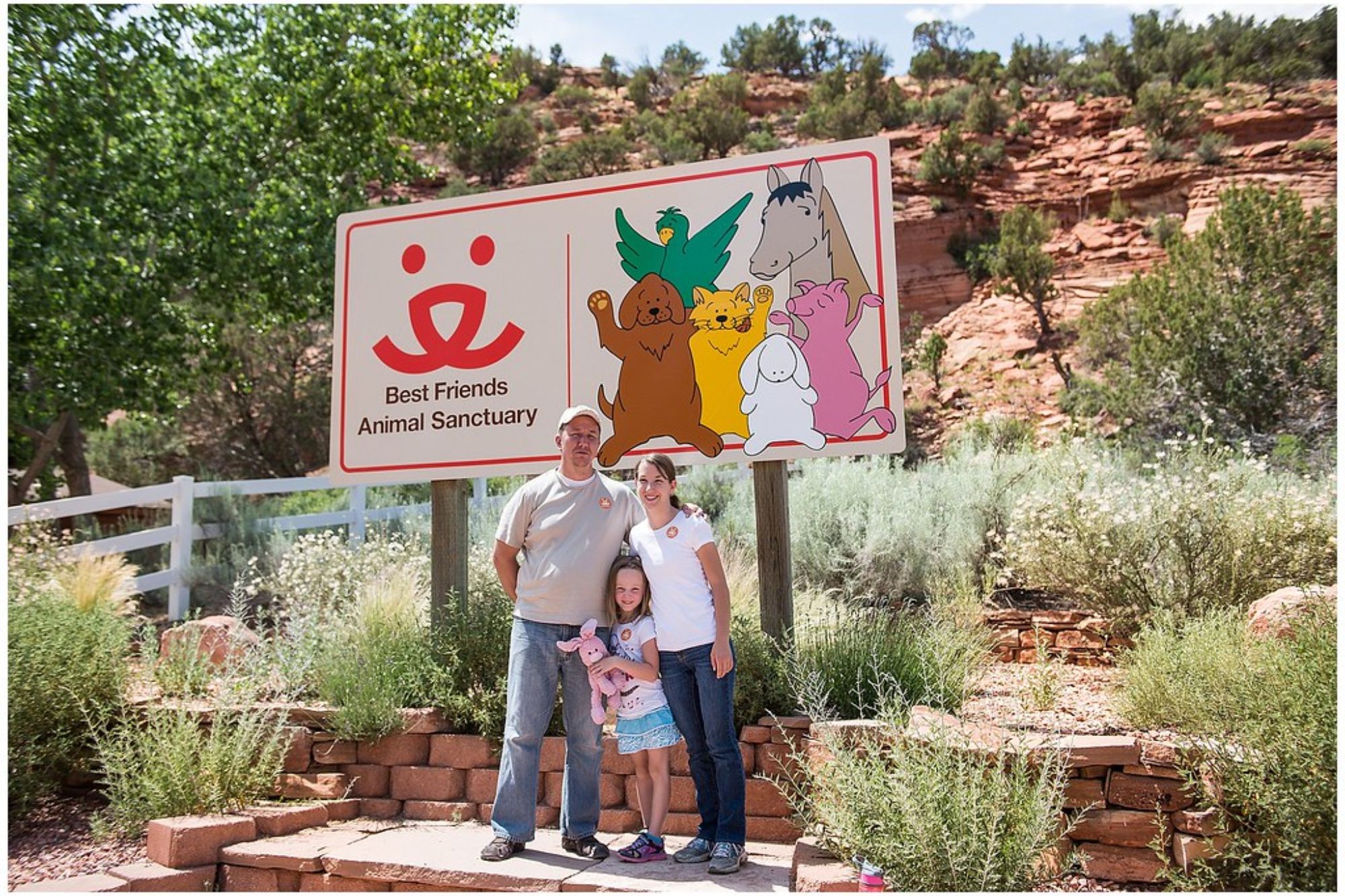
Utah’s Best Friends Animal Sanctuary operates one of the largest no-kill animal refuges in America, caring for dogs, cats, horses, pigs, and other animals on 3,700 acres of red rock country. Volunteers help with daily feeding, cleaning, and socialization while learning about animal behavior from experienced staff members. The sanctuary offers both short-term volunteer opportunities for visitors and longer programs for people seeking intensive experience with animal care.
The stunning desert landscape provides a peaceful setting where both animals and volunteers can find healing while working together toward the goal of ending pet homelessness.
Wolf Sanctuary of Pennsylvania
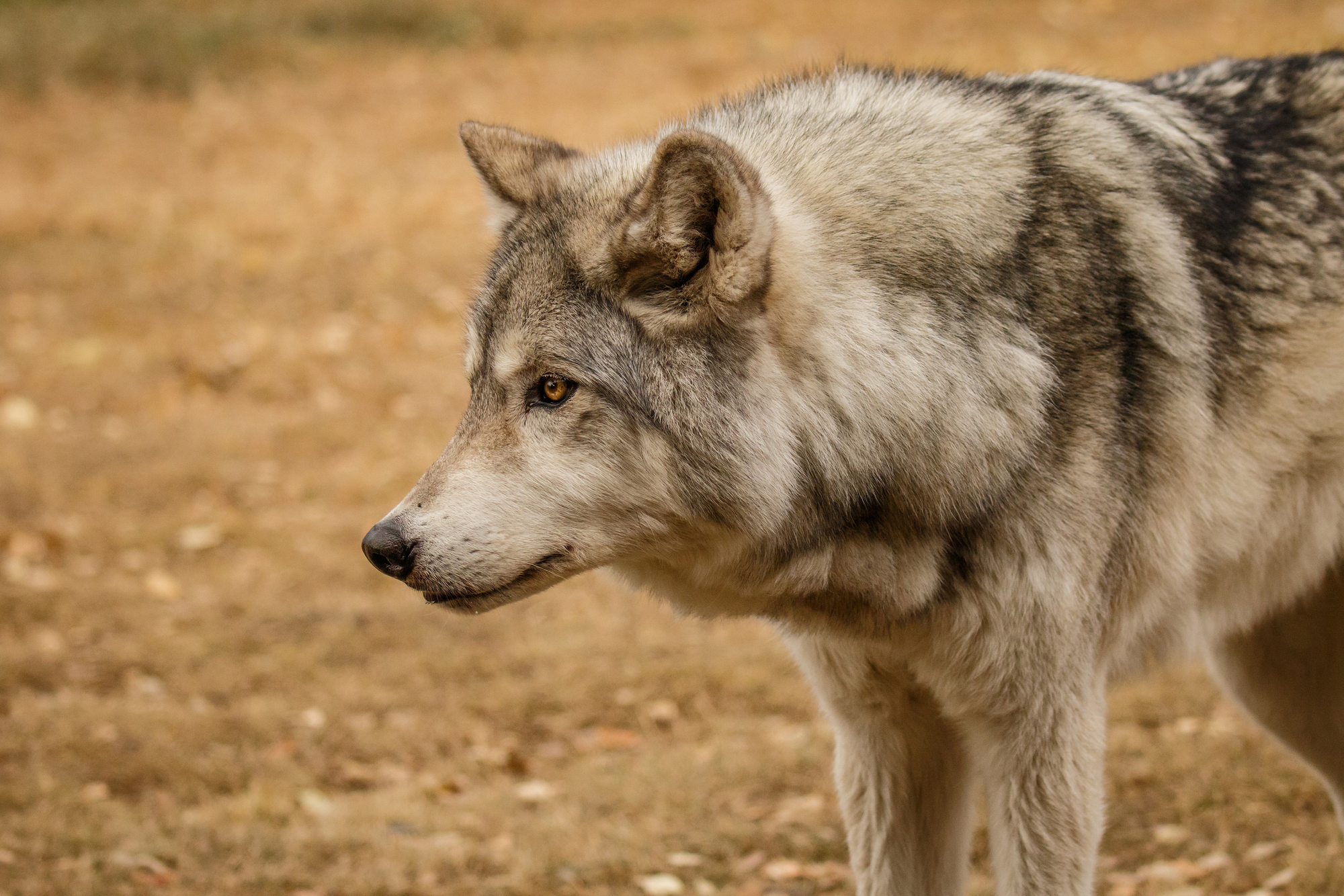
Pennsylvania’s Wolf Sanctuary provides permanent homes for wolves and wolf-dogs that cannot survive in the wild, offering volunteers unique opportunities to work with these magnificent predators. Daily tasks include food preparation, enclosure maintenance, and educational program support that helps visitors understand wolf behavior and conservation needs.
Volunteers must complete safety training before working directly with the animals, but the experience of observing pack dynamics and individual personalities makes the preparation worthwhile.
International Crane Foundation

Wisconsin’s International Crane Foundation works to protect all 15 crane species worldwide while offering volunteers hands-on experience with captive breeding, habitat restoration, and research projects. Volunteers assist with everything from egg incubation to data collection while learning about global conservation challenges facing these elegant birds.
The facility’s breeding programs have helped prevent several crane species from extinction while maintaining genetic diversity for future reintroduction efforts. Working with cranes requires patience and attention to detail, but volunteers often describe it as a transformative experience that deepens their understanding of wildlife conservation.
Like Travel Pug’s content? Follow us on MSN.
Carolina Raptor Center
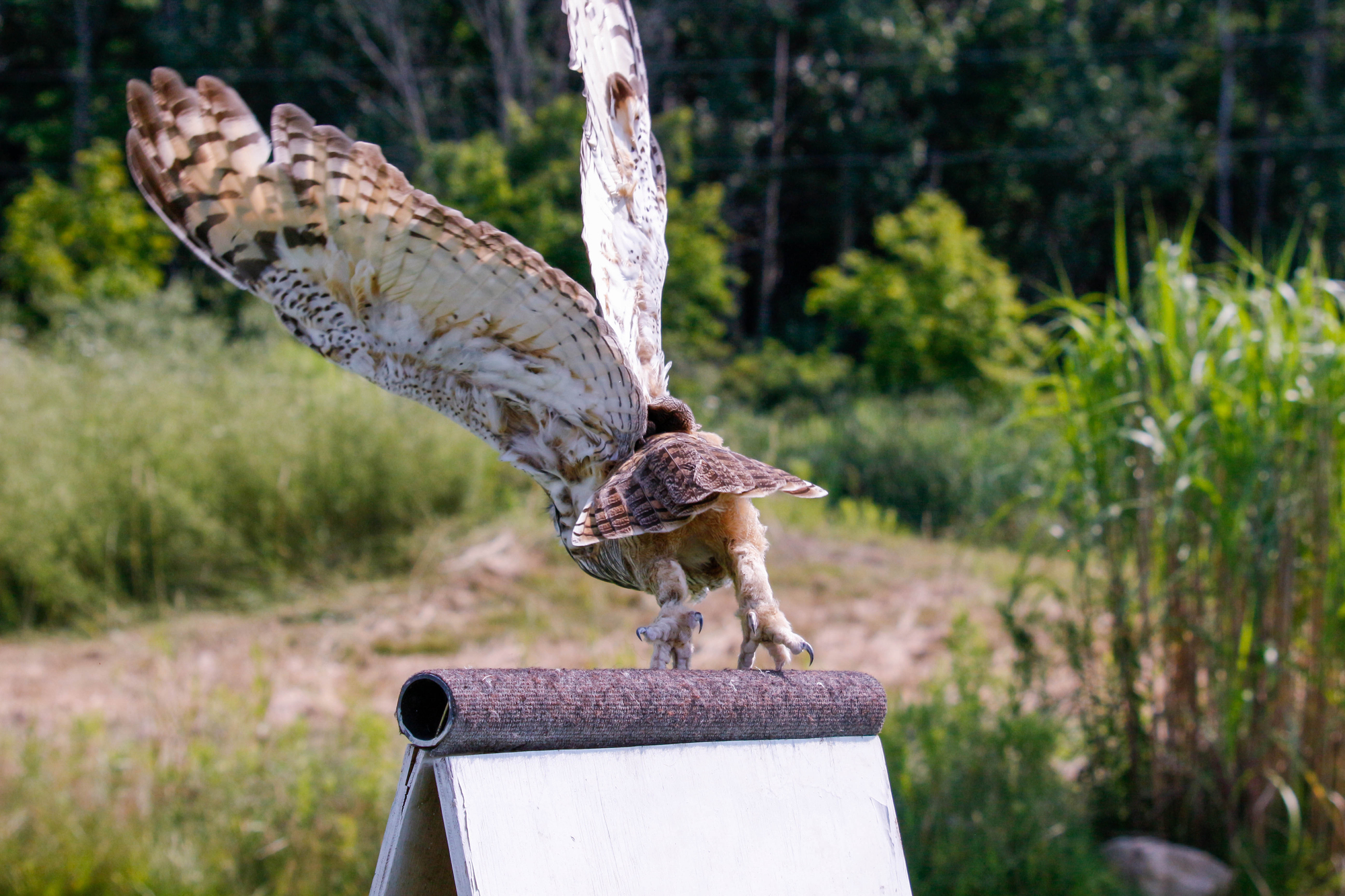
North Carolina’s Carolina Raptor Center rehabilitates injured birds of prey while providing volunteers with intensive training in raptor handling and medical care techniques. Volunteers help with food preparation, flight conditioning, and educational programs that feature permanently disabled raptors serving as ambassadors for their species.
The center treats over 800 injured raptors annually, giving volunteers frequent opportunities to observe recovery processes and release preparations. Many volunteers develop specializations in particular areas of raptor care, from initial intake procedures to pre-release flight training that prepares birds for return to the wild.
Wildlife Rescue Center of the Hamptons
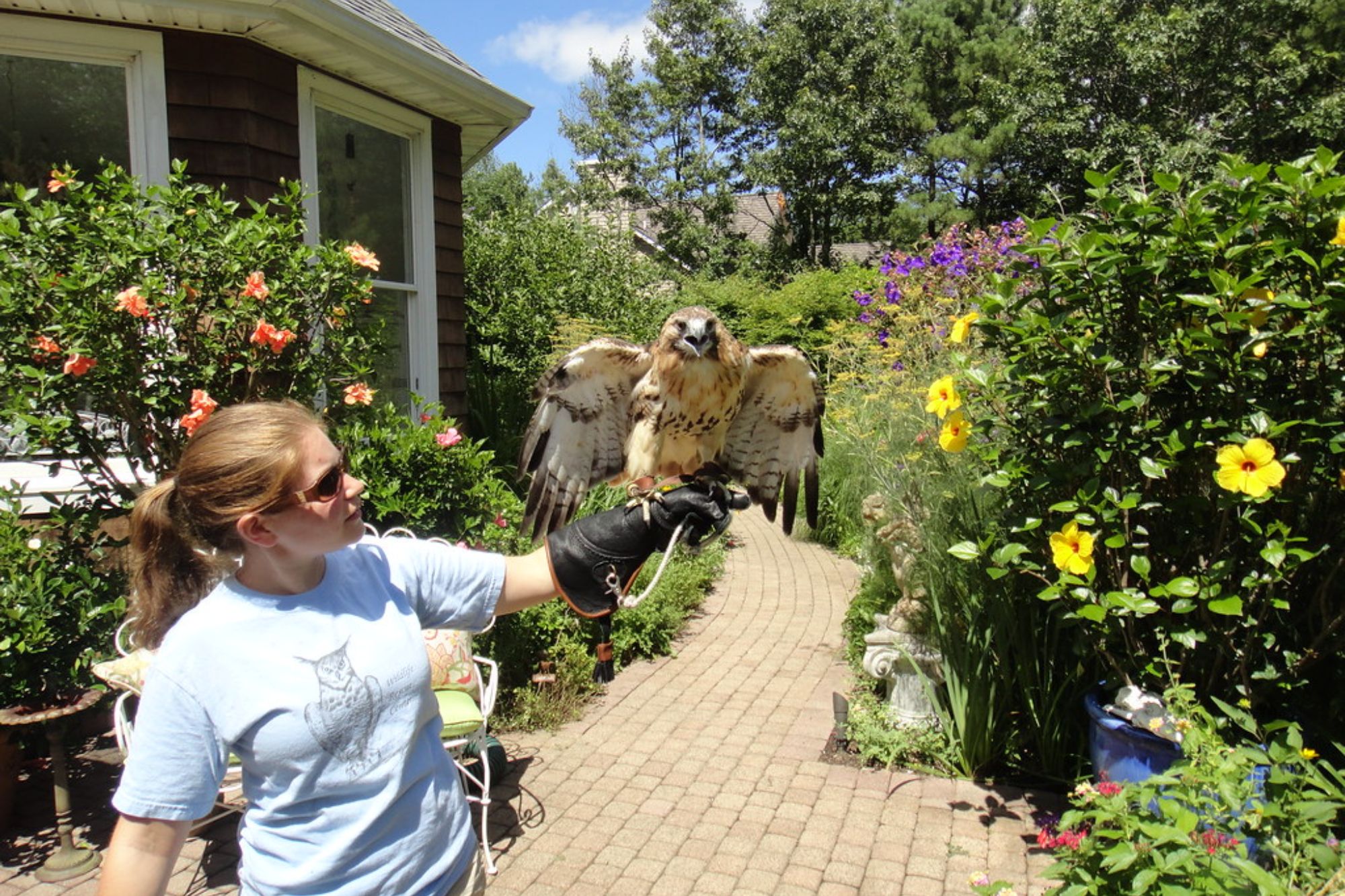
New York’s Wildlife Rescue Center cares for injured and orphaned native wildlife while training volunteers in animal husbandry, medical assistance, and release protocols. The facility treats everything from songbirds to marine mammals, providing volunteers with diverse experiences across multiple species and habitat types.
Volunteers learn to recognize signs of illness or injury while developing skills in animal restraint and basic medical procedures under veterinary supervision. The center’s location near both coastal and inland habitats means volunteers encounter a wide variety of species throughout the year.
Big Cat Rescue
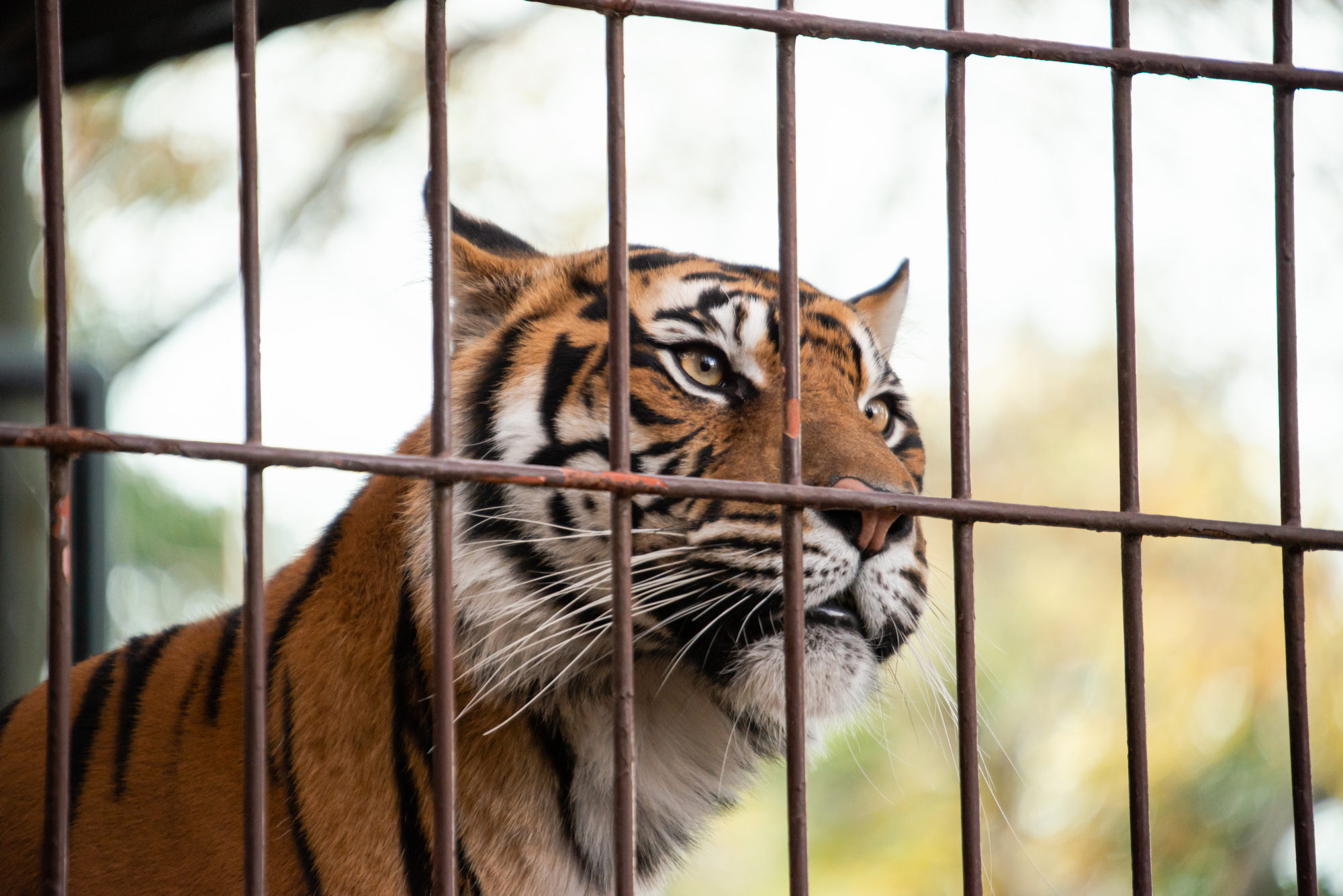
Florida’s Big Cat Rescue provides sanctuary for tigers, lions, leopards, and other exotic cats while offering volunteers the chance to work with these powerful predators in a controlled environment. Daily volunteer tasks include food preparation, enclosure cleaning, and maintenance projects that keep the facility running smoothly while ensuring animal safety.
Volunteers receive extensive training in big cat behavior and safety protocols before working near the animals, but the experience of observing these magnificent creatures up close creates lasting memories.
Like Travel Pug’s content? Follow us on MSN.
Alaska Wildlife Conservation Center
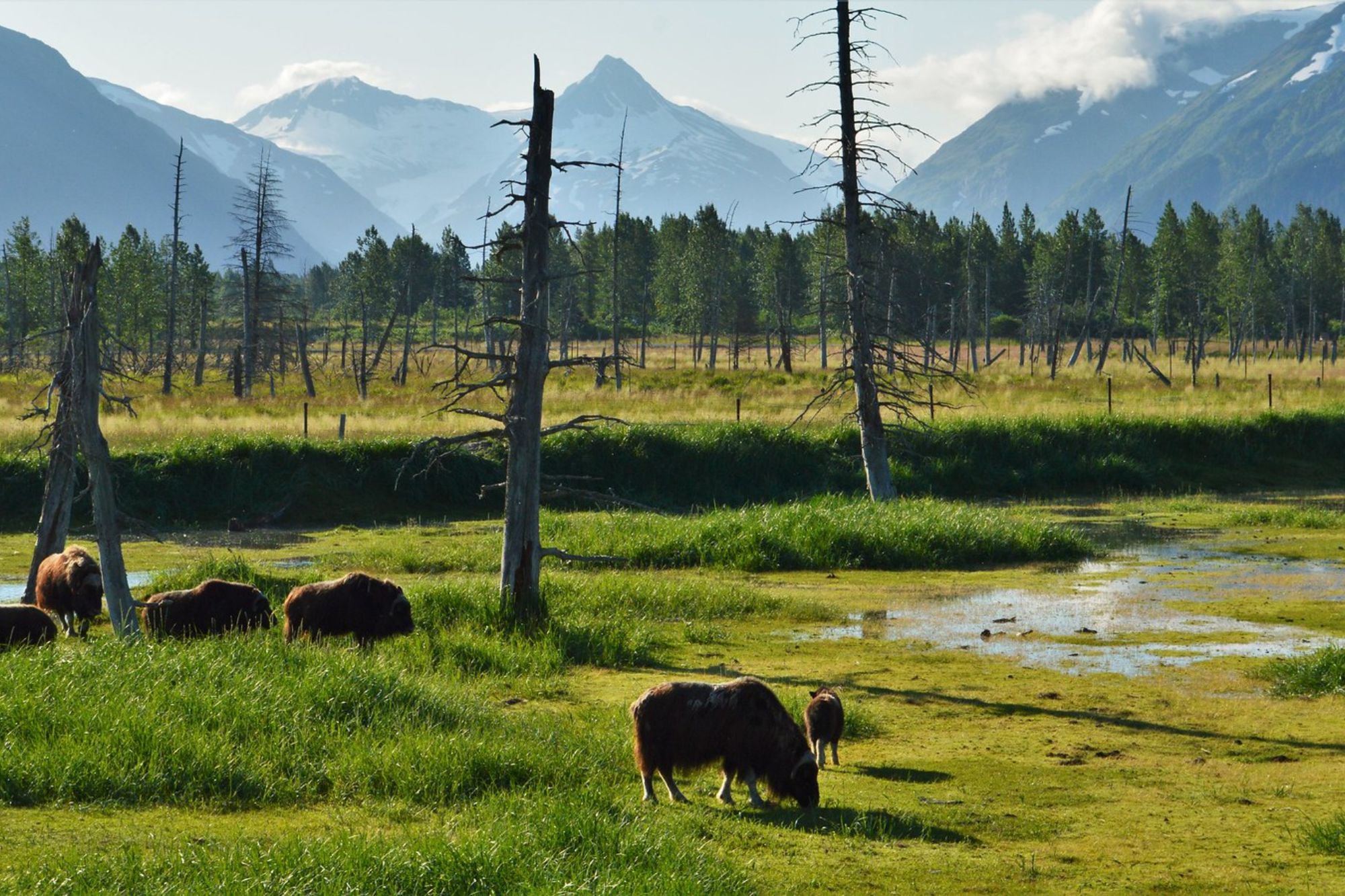
Alaska’s Wildlife Conservation Center cares for orphaned and injured native wildlife while providing volunteers with unique opportunities to work with bears, moose, caribou, and other Arctic species. The facility’s large enclosures allow animals to display natural behaviors while volunteers learn about the specific challenges facing Alaska’s wildlife populations.
Volunteers help with food preparation, habitat maintenance, and visitor education programs that highlight conservation success stories and ongoing challenges. The stunning mountain setting provides a backdrop for meaningful work that directly supports species recovery and public education about wildlife conservation.
National Eagle Center
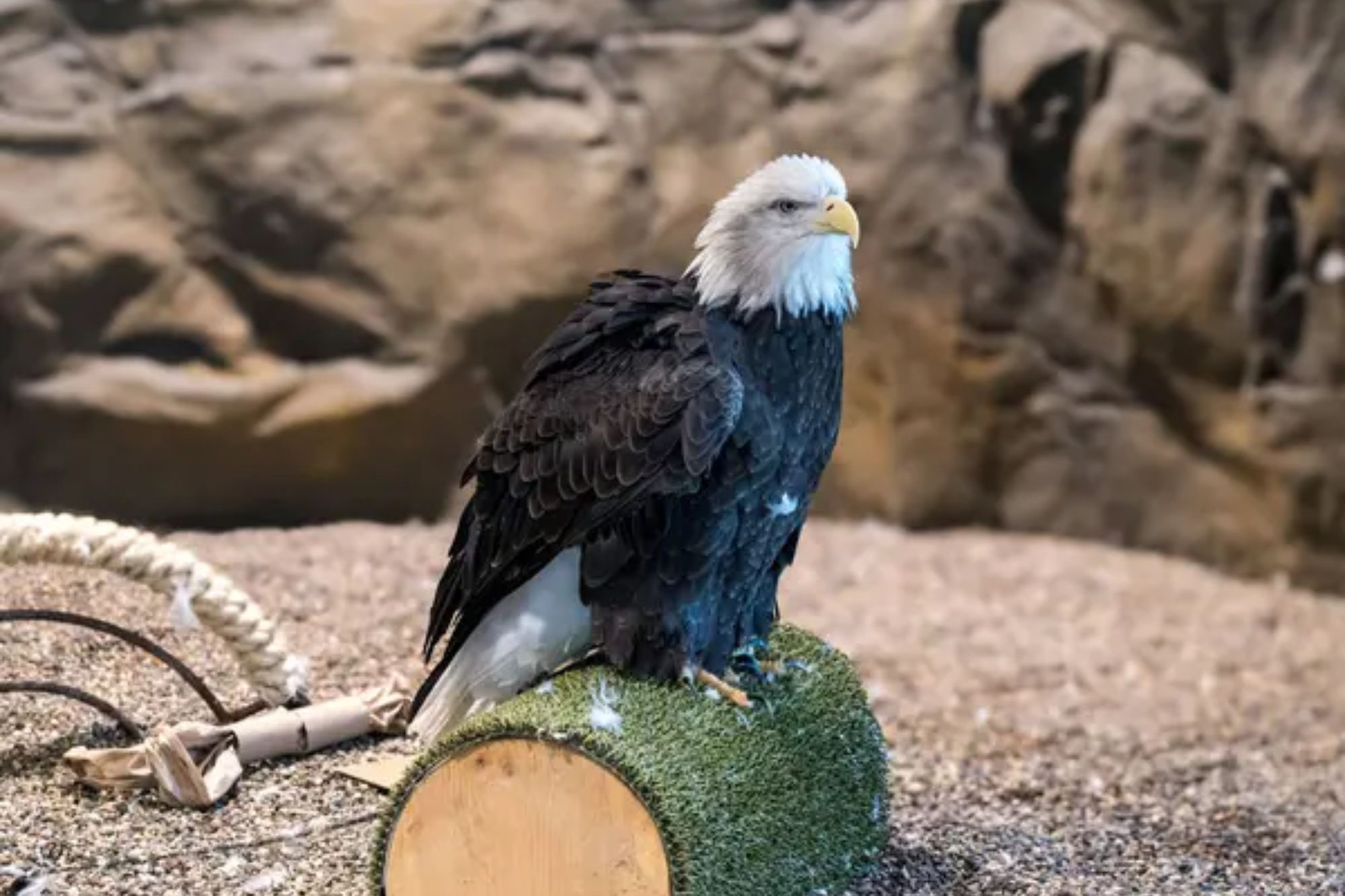
Minnesota’s National Eagle Center combines rehabilitation services with educational programs, offering volunteers hands-on experience with America’s national bird. Volunteers assist with eagle care, visitor programs, and research projects that contribute to understanding of eagle behavior and population dynamics.
The center’s location along the Mississippi River provides excellent opportunities for observing wild eagles while learning about their habitat needs and conservation challenges. Many volunteers become passionate advocates for eagle protection after working closely with these impressive raptors and learning about threats they face in the wild.
Pacific Marine Mammal Center
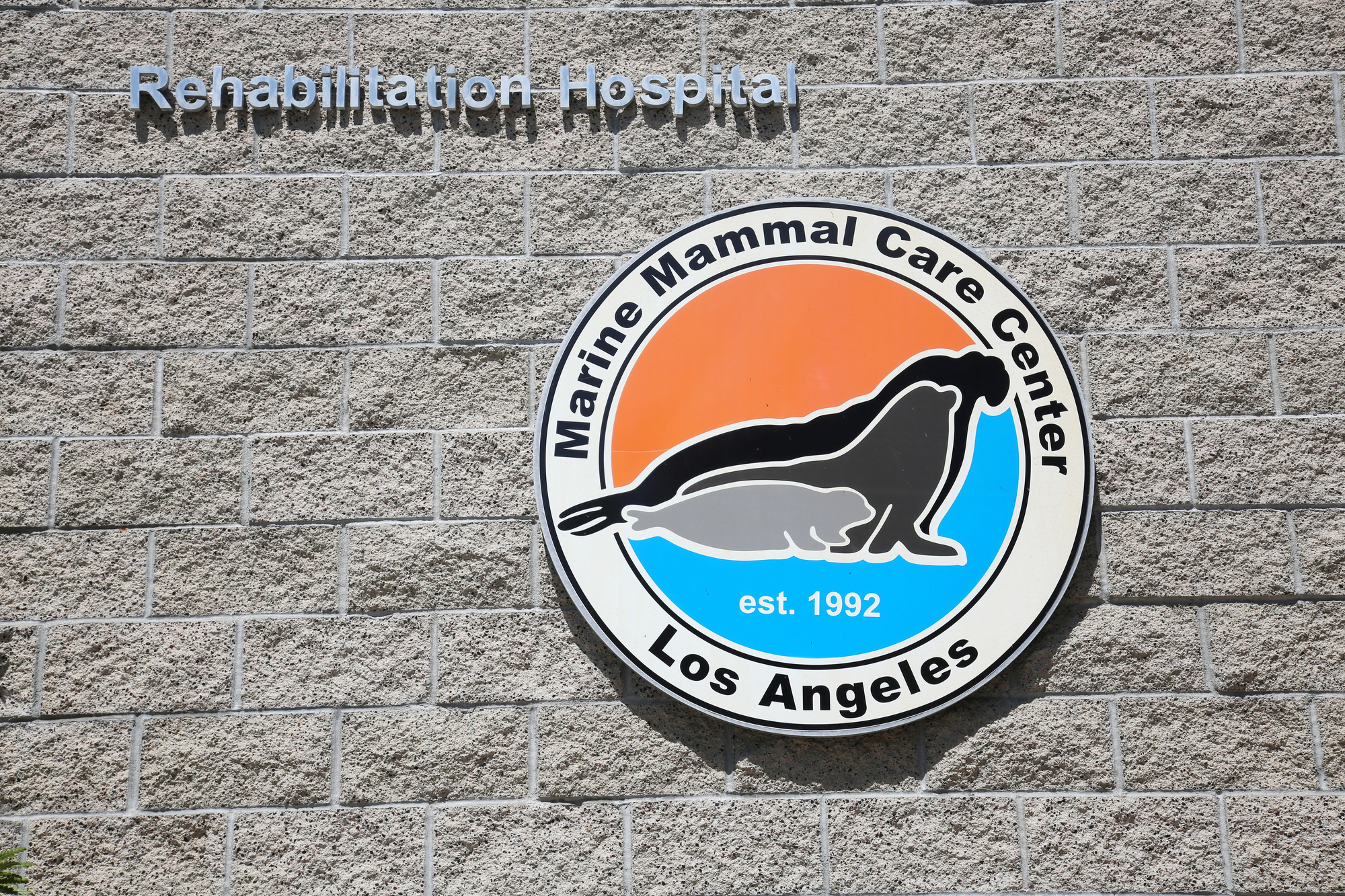
California’s Pacific Marine Mammal Center rescues and rehabilitates seals, sea lions, and other marine mammals while training volunteers in specialized care techniques for aquatic wildlife. Volunteers help with food preparation, pool cleaning, and animal monitoring while learning about marine ecosystem health and pollution impacts.
The center’s beach location provides volunteers with front-row seats to observe wild marine mammals while understanding the human activities that threaten their survival.
Like Travel Pug’s content? Follow us on MSN.
Fossil Rim Wildlife Center
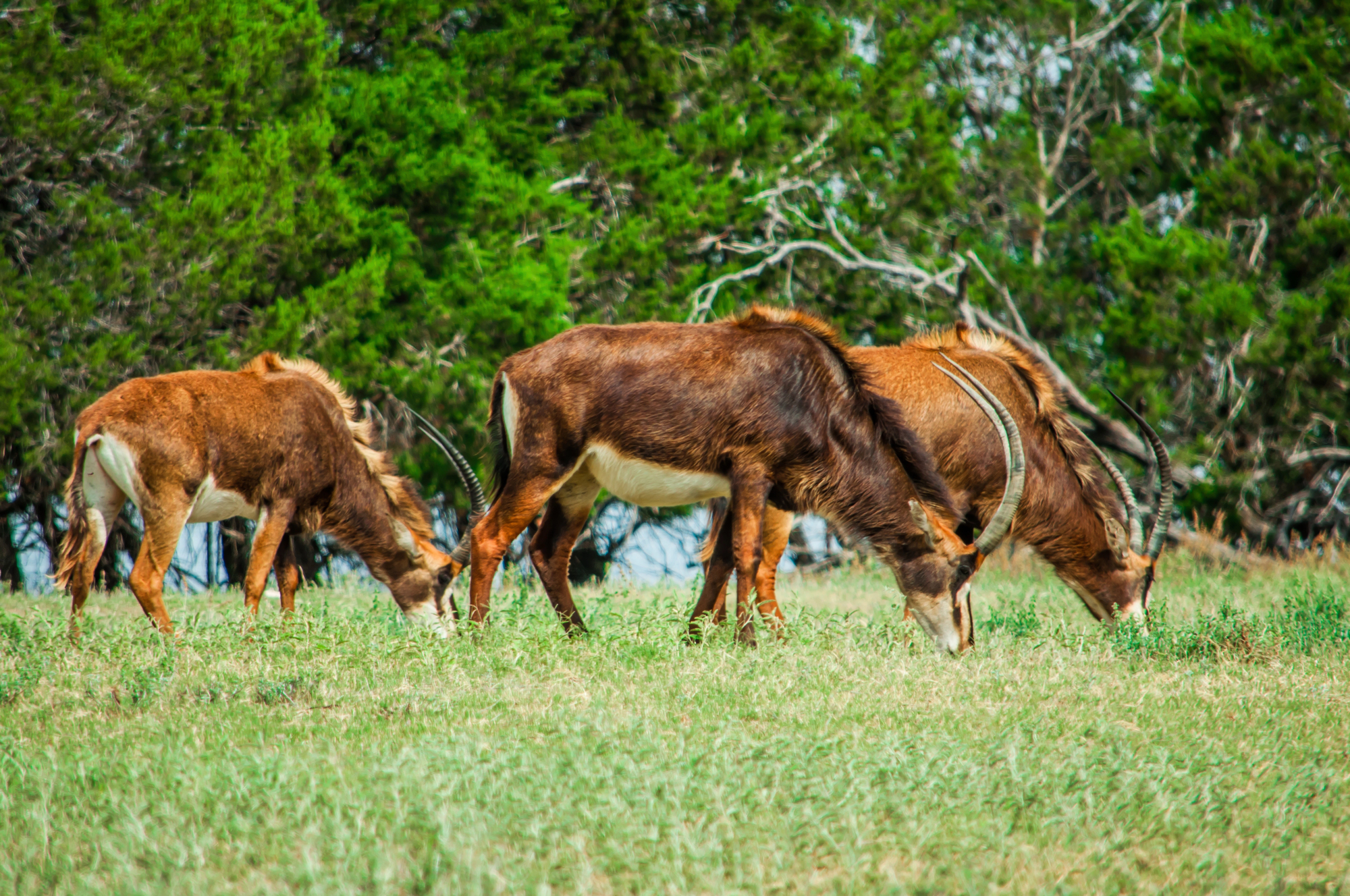
Texas’s Fossil Rim Wildlife Center focuses on African and native species conservation while offering volunteers immersive experiences with giraffes, rhinos, cheetahs, and other endangered animals. The 1,800-acre facility operates as both a safari park and serious conservation organization, providing volunteers with diverse opportunities from animal care to research support.
Volunteers often work with species they’ve never encountered before, learning about conservation challenges in Africa while contributing to local efforts that support global species recovery. The center’s breeding programs have successfully reintroduced several species to the wild, giving volunteers the satisfaction of contributing to tangible conservation results.
Wildlife Education and Rehabilitation Center
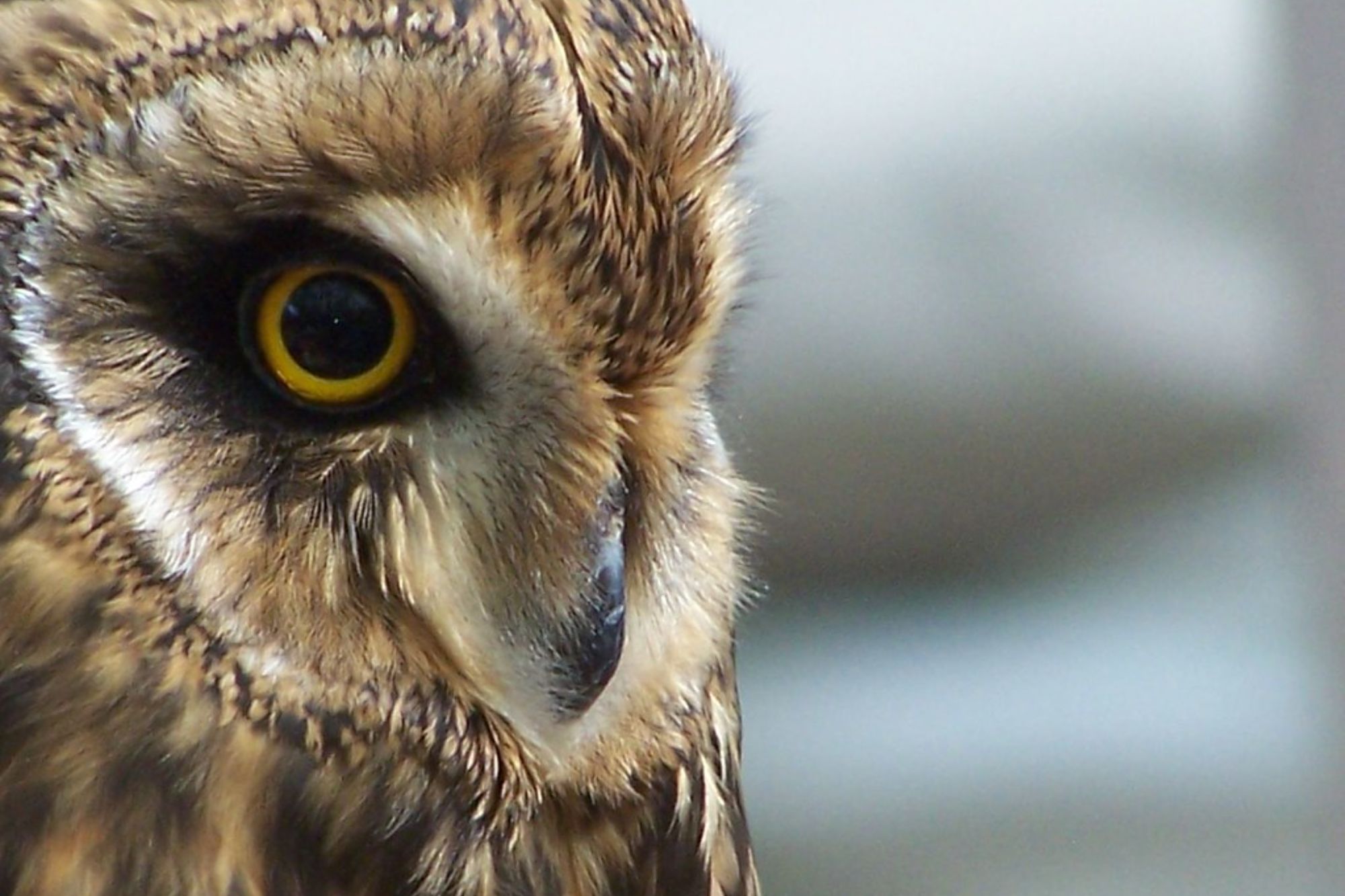
Illinois’s Wildlife Education and Rehabilitation Center treats injured native wildlife while training volunteers in rehabilitation techniques that prepare animals for release back to their natural habitats. Volunteers learn to handle everything from baby squirrels to injured raptors while developing skills in animal assessment, medical care, and release preparation.
The center emphasizes education alongside rehabilitation, with volunteers helping to teach visitors about coexisting with urban wildlife and preventing human-caused injuries. Many volunteers discover career interests in veterinary medicine or wildlife biology through their hands-on experiences at the center.
Shambala Preserve
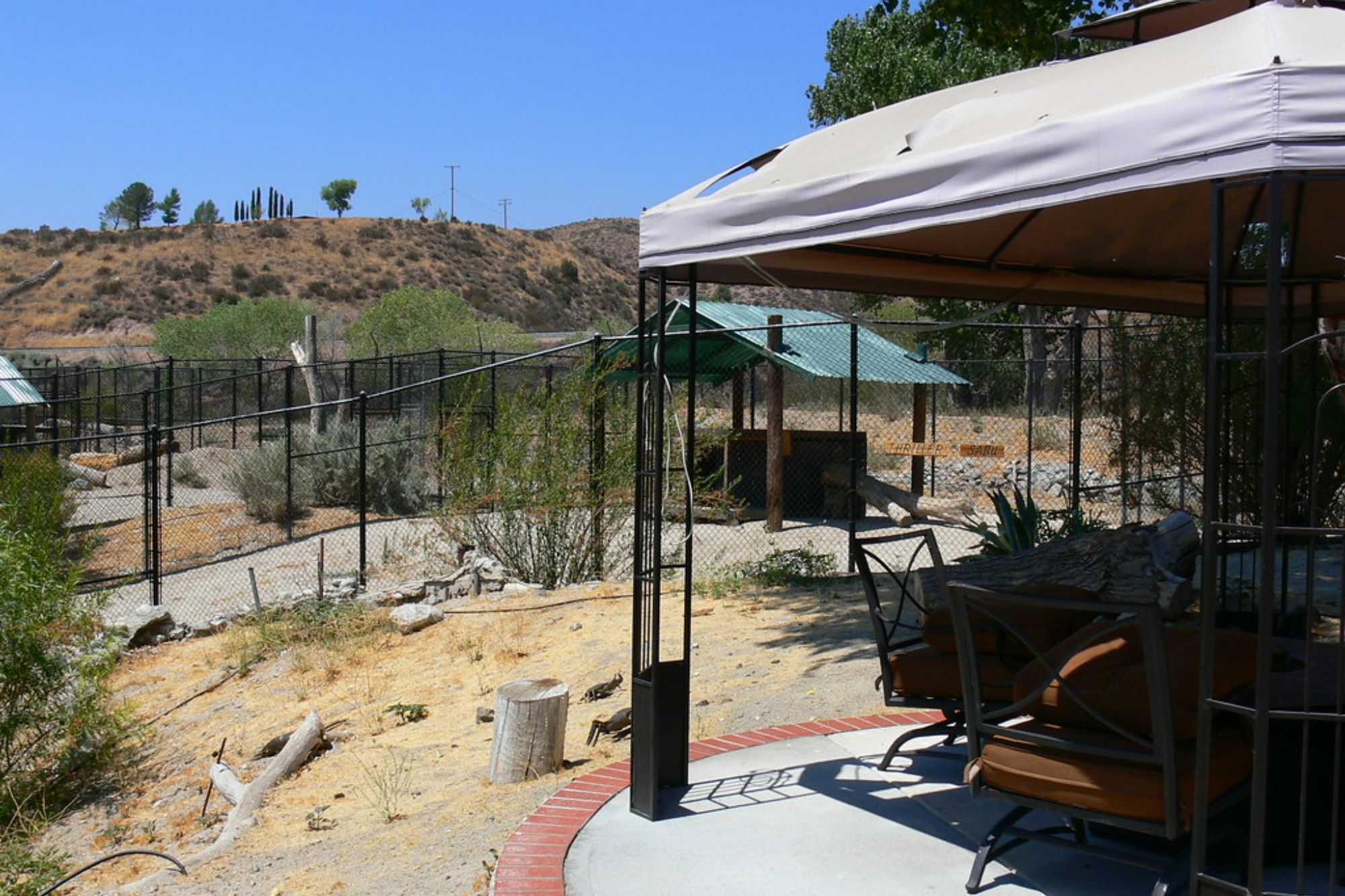
California’s Shambala Preserve provides sanctuary for exotic animals rescued from private ownership, the entertainment industry, or illegal trade while offering volunteers the chance to work with tigers, lions, elephants, and other species. The facility’s mission focuses on providing lifetime care for animals that cannot be released while educating the public about why wild animals belong in the wild.
Volunteers help with food preparation, enclosure maintenance, and visitor education programs that highlight the problems created by exotic animal ownership.
Like Travel Pug’s content? Follow us on MSN.
Monterey Bay Aquarium
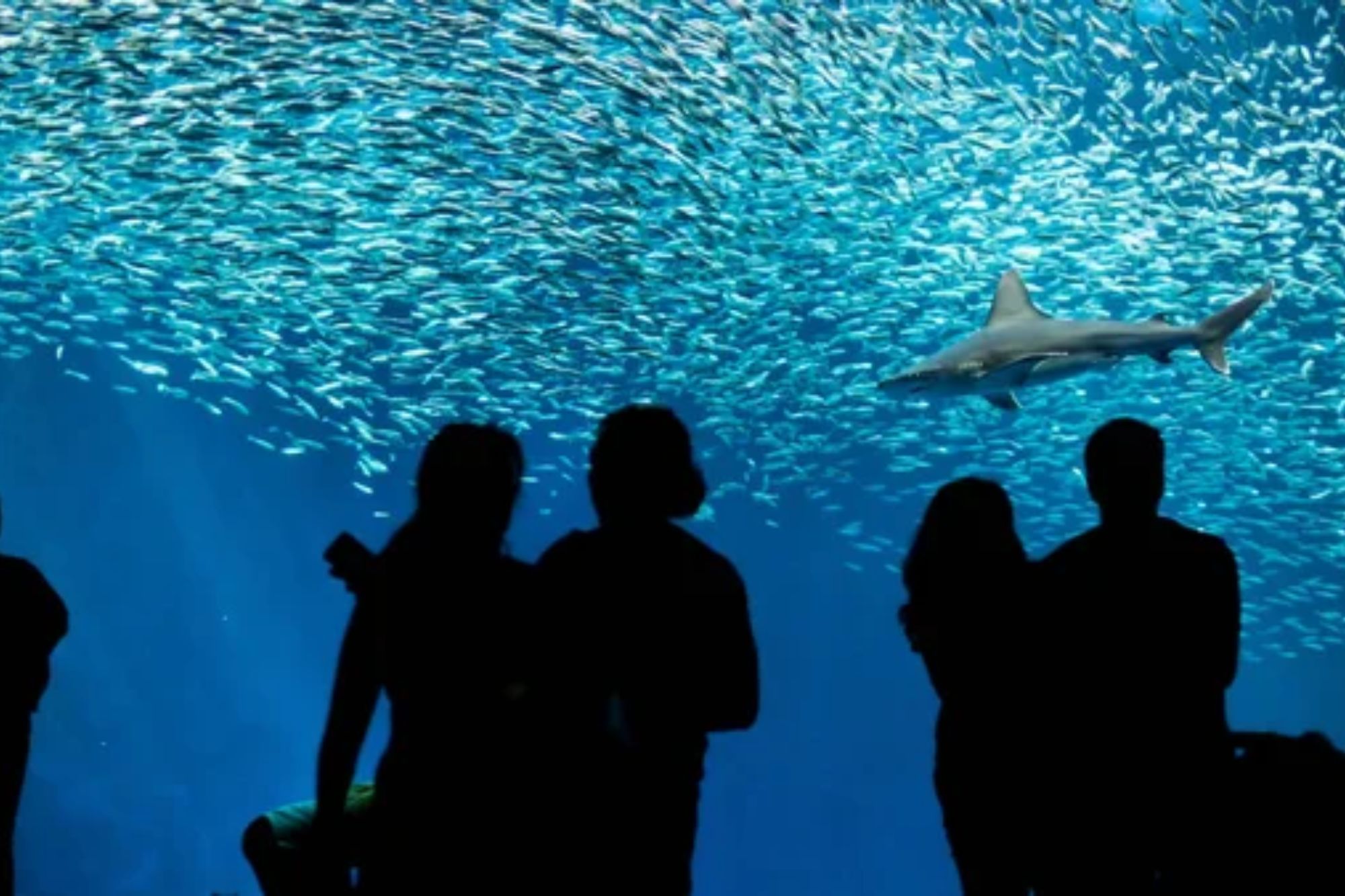
California’s Monterey Bay Aquarium operates rescue and rehabilitation programs for sea otters and other marine wildlife while training volunteers in specialized aquatic animal care. Volunteers assist with food preparation, habitat maintenance, and educational programs that connect visitors to marine conservation issues.
The aquarium’s research programs provide volunteers with opportunities to contribute to scientific understanding of marine ecosystems while learning about the latest conservation techniques.
International Wolf Center
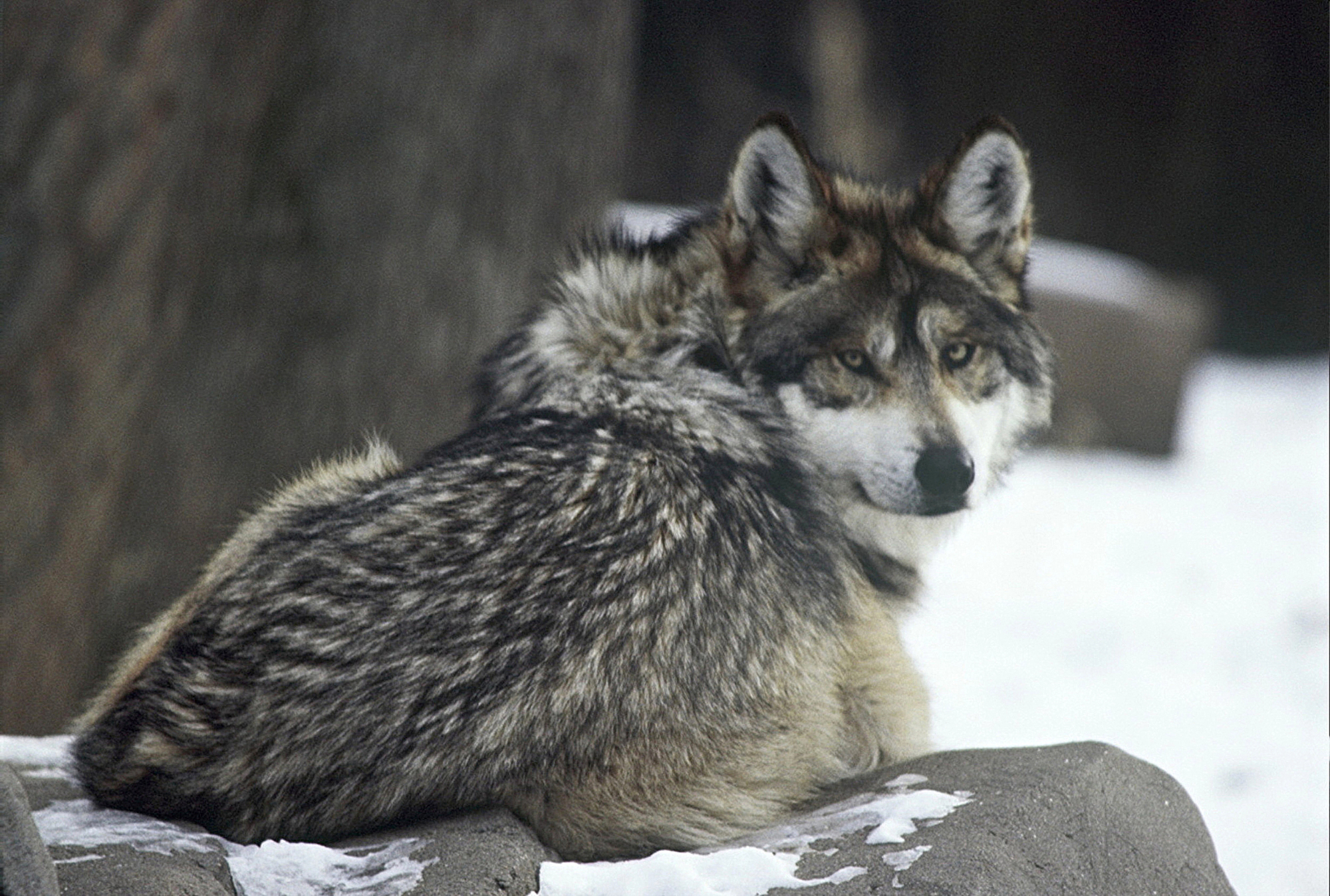
Minnesota’s International Wolf Center combines wolf care with education and research, offering volunteers unique opportunities to work with captive wolves while learning about wild pack dynamics and conservation challenges. Volunteers help with daily care routines, educational programs, and research projects that contribute to wolf management and conservation efforts.
The center’s ambassador wolves help visitors understand wolf behavior and ecology while volunteers learn about the complex relationships between wolves, prey species, and human communities. Many volunteers become advocates for wolf conservation after experiencing these animals’ intelligence and social complexity firsthand.
Trevor Zoo
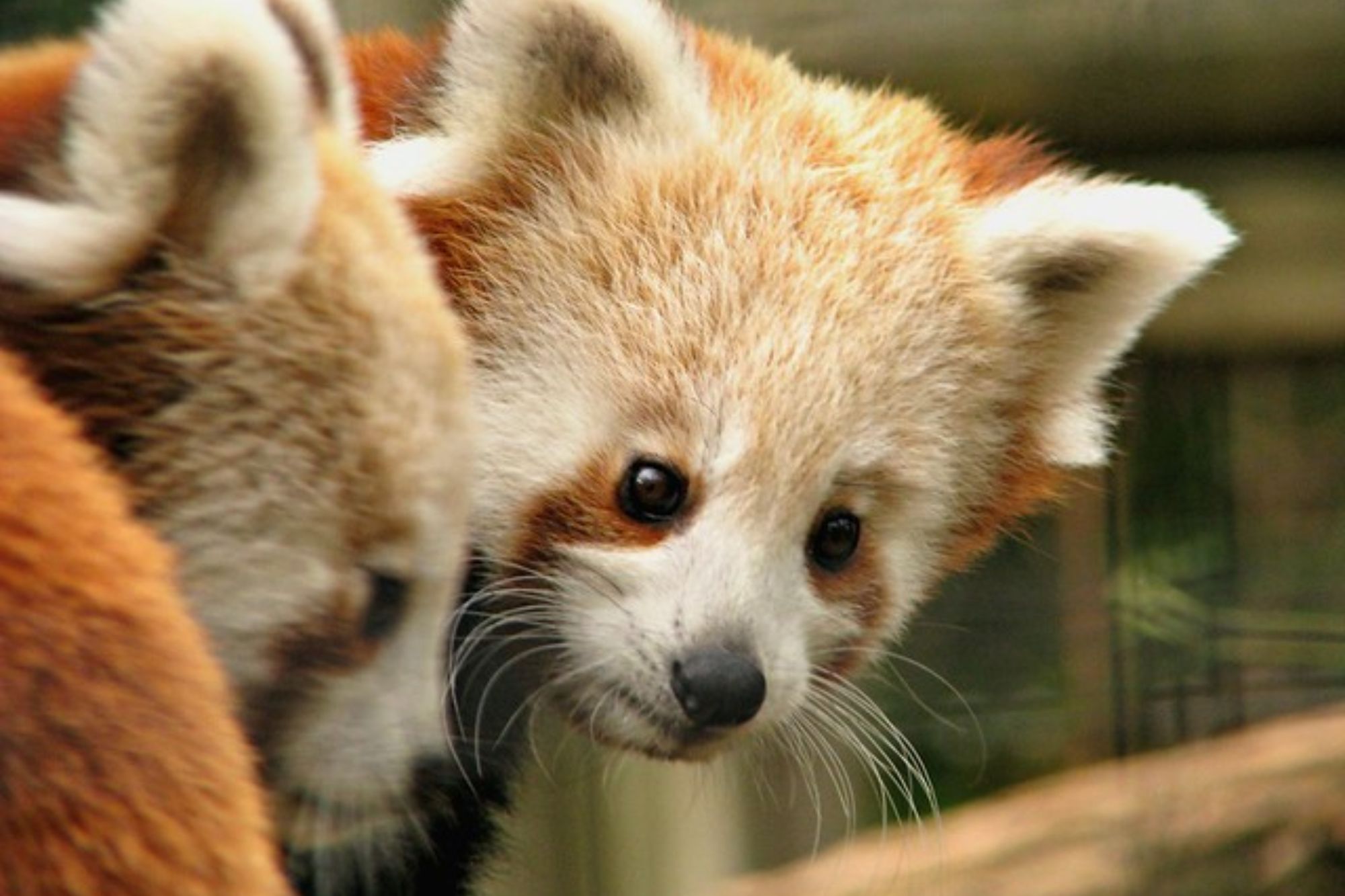
New York’s Trevor Zoo operates as both an educational facility and wildlife rehabilitation center, offering volunteers diverse experiences with native and exotic species in a small, intimate setting. The zoo’s rehabilitation program treats injured local wildlife, while the permanent collection includes species that serve as ambassadors for conservation education.
Volunteers work closely with keepers to learn animal husbandry techniques while contributing to daily care routines that keep both rehabilitation patients and permanent residents healthy.
Like Travel Pug’s content? Follow us on MSN.
Rocky Mountain Wildlife Foundation

Colorado’s Rocky Mountain Wildlife Foundation rehabilitates injured wildlife while providing volunteers with mountain experiences that combine animal care with outdoor adventure. The facility treats everything from eagles to elk while volunteers learn about high-altitude wildlife adaptations and conservation challenges specific to mountain ecosystems.
Volunteers often combine animal care work with habitat restoration projects that improve conditions for wild animals throughout the region.
Wild Animal Sanctuary

Colorado’s Wild Animal Sanctuary rescues large carnivores from roadside zoos, private ownership, and entertainment facilities while offering volunteers the chance to work with rescued tigers, bears, wolves, and other predators. The facility’s massive enclosures allow animals to display natural behaviors while volunteers learn about the complex needs of large predators and the problems created by the captive wildlife trade.
Volunteers help with food preparation, enclosure maintenance, and visitor education while developing an understanding of wildlife trafficking issues and sanctuary management.
WildCare
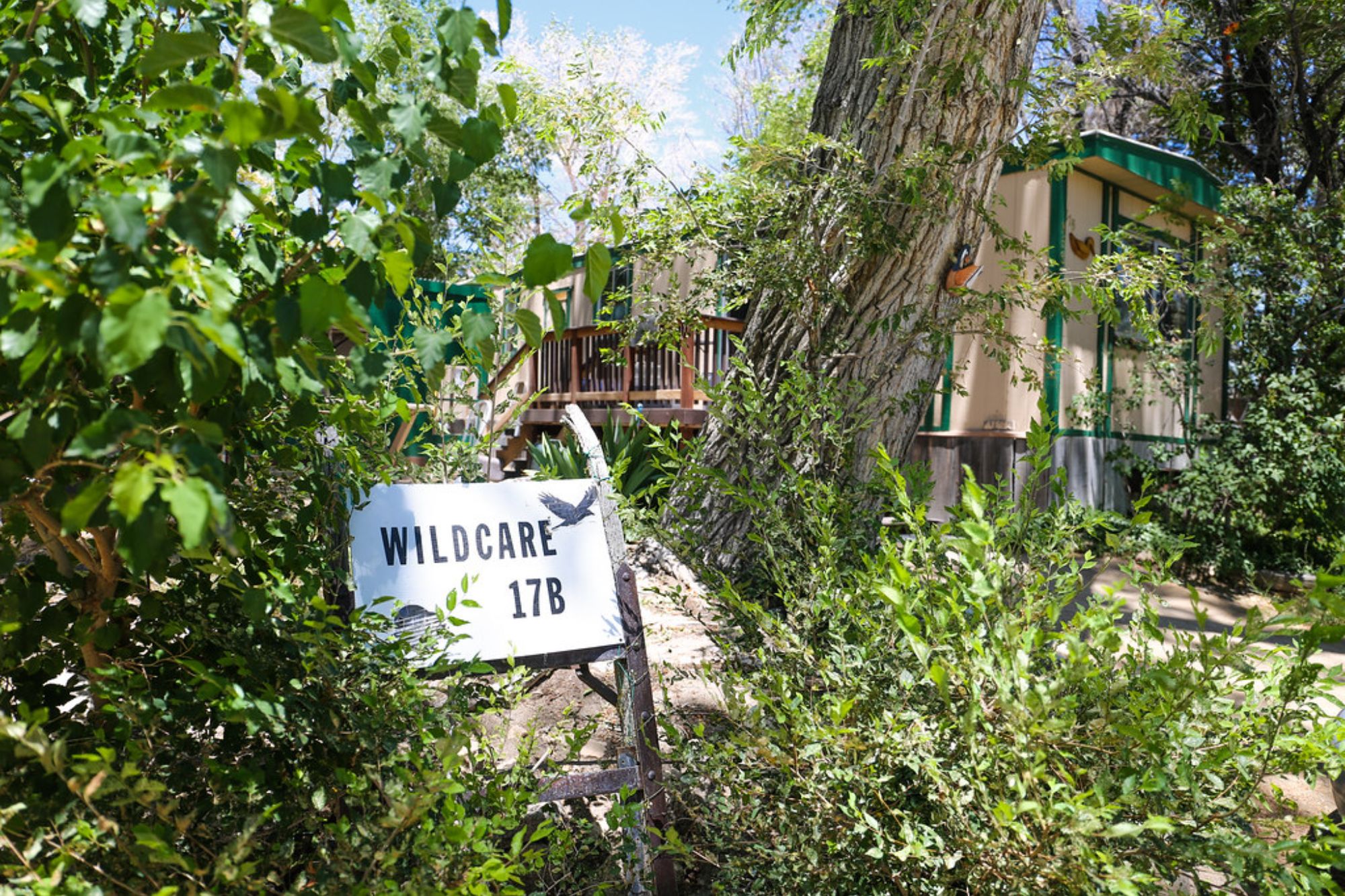
California’s WildCare operates a busy wildlife hospital that treats thousands of injured and orphaned animals annually while training volunteers in wildlife rehabilitation techniques. Volunteers learn to handle everything from hummingbirds to coyotes while developing skills in animal assessment, medical care, and release preparation.
The facility’s education programs provide volunteers with opportunities to teach visitors about coexisting with urban wildlife while supporting legislation that protects native species. Many volunteers discover career paths in veterinary medicine, wildlife biology, or environmental education through their experiences at this busy rehabilitation center.
Like Travel Pug’s content? Follow us on MSN.
Southwest Wildlife Conservation Center
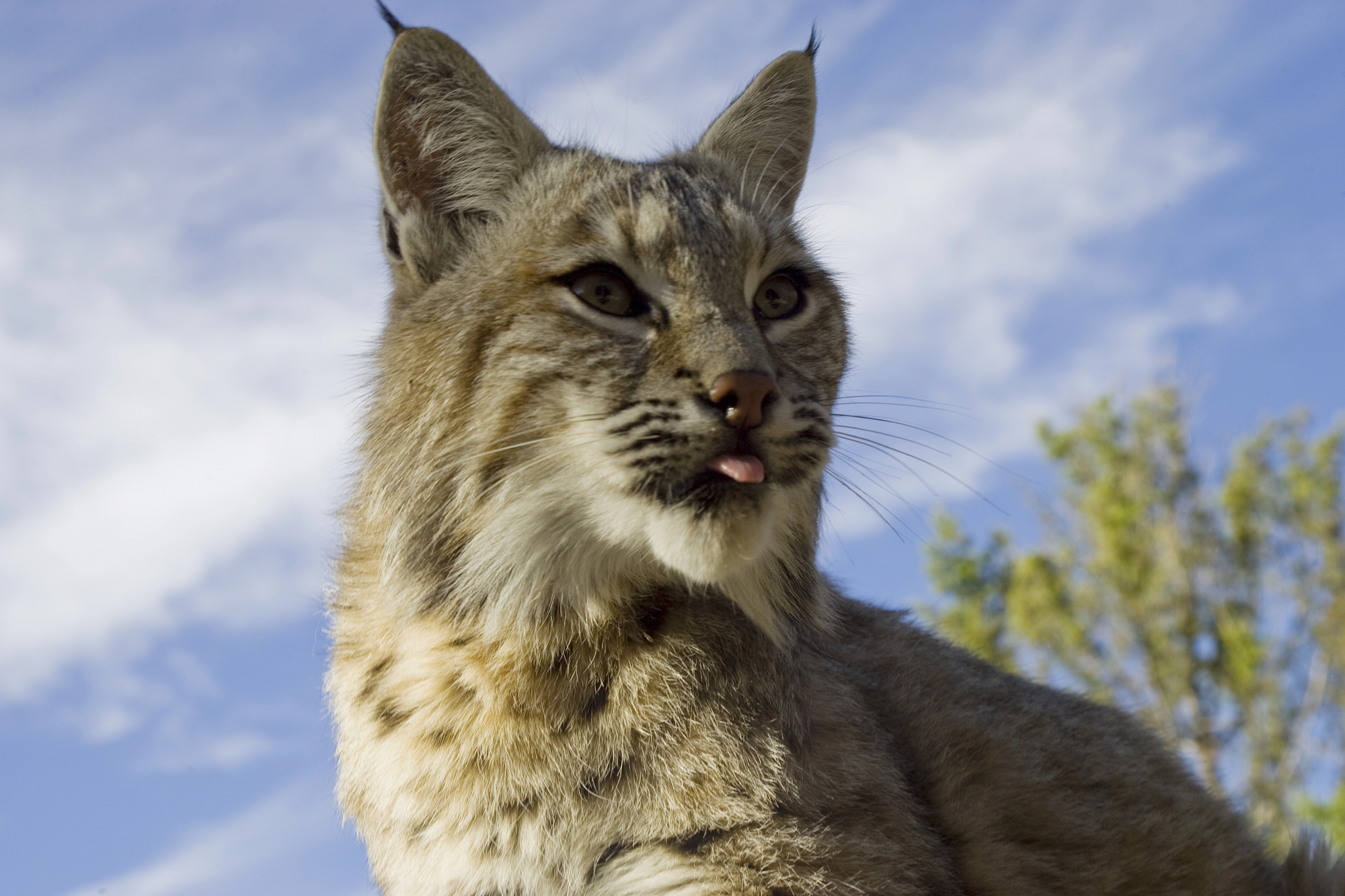
Arizona’s Southwest Wildlife Conservation Center provides a sanctuary for native wildlife that cannot be released while offering volunteers hands-on experience with desert species and rehabilitation techniques. The facility cares for everything from bobcats to bears while volunteers learn about desert ecosystem dynamics and conservation challenges facing Southwestern wildlife.
Volunteers help with daily animal care, facility maintenance, and educational programs that connect urban visitors to the wildlife that shares their desert environment. The center’s work with Mexican wolves and other endangered species gives volunteers the satisfaction of contributing to species recovery efforts.
Blank Park Zoo Conservation Center
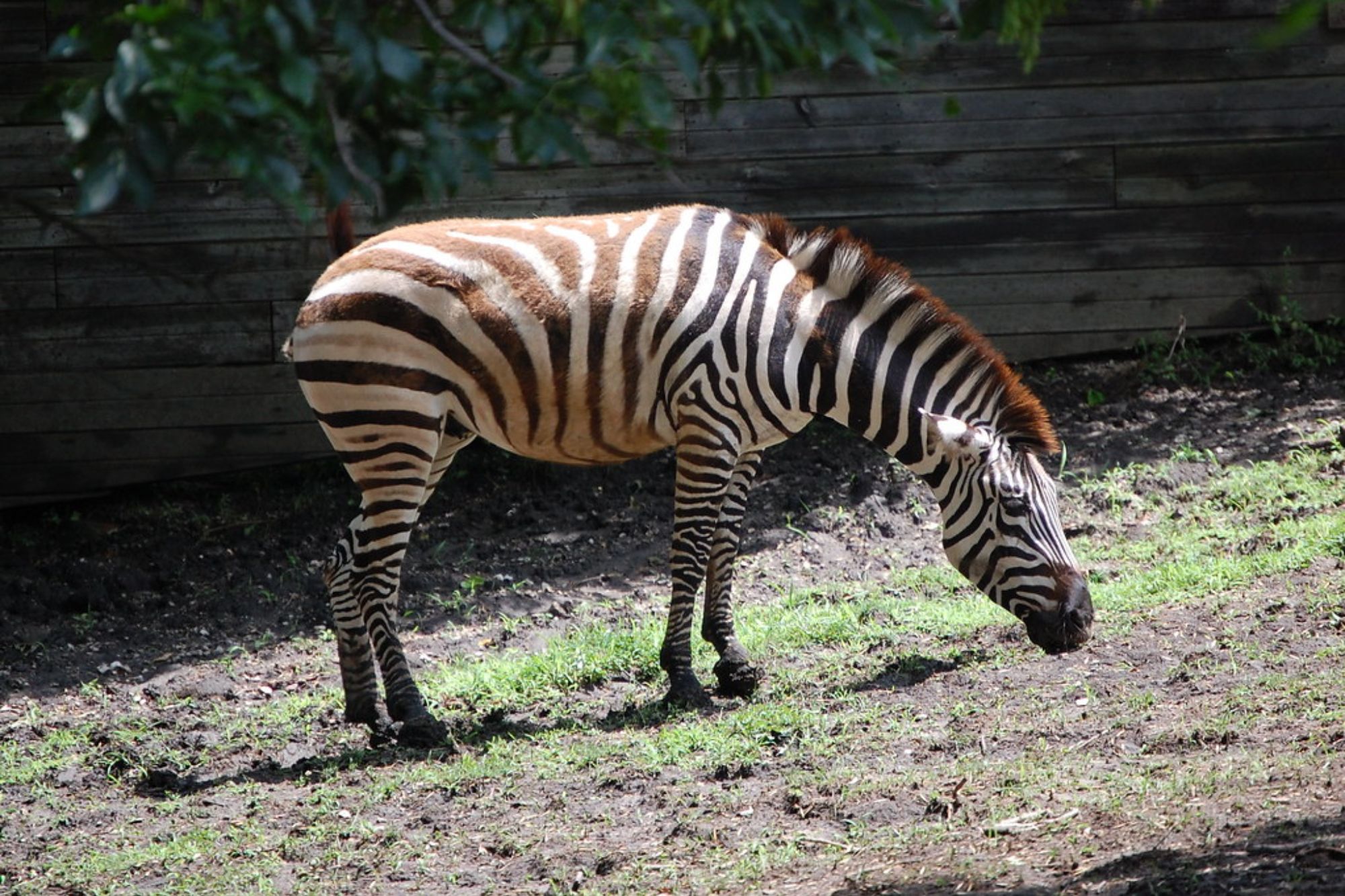
Iowa’s Blank Park Zoo operates conservation programs alongside its main zoo facility, offering volunteers opportunities to work with endangered species breeding programs and local wildlife rehabilitation efforts. Volunteers contribute to research projects, animal care routines, and educational programs that support both global conservation efforts and local wildlife protection.
The facility’s combination of exotic species conservation and native wildlife rehabilitation provides volunteers with diverse experiences that illustrate different approaches to wildlife protection.
Making Wild Connections That Matter
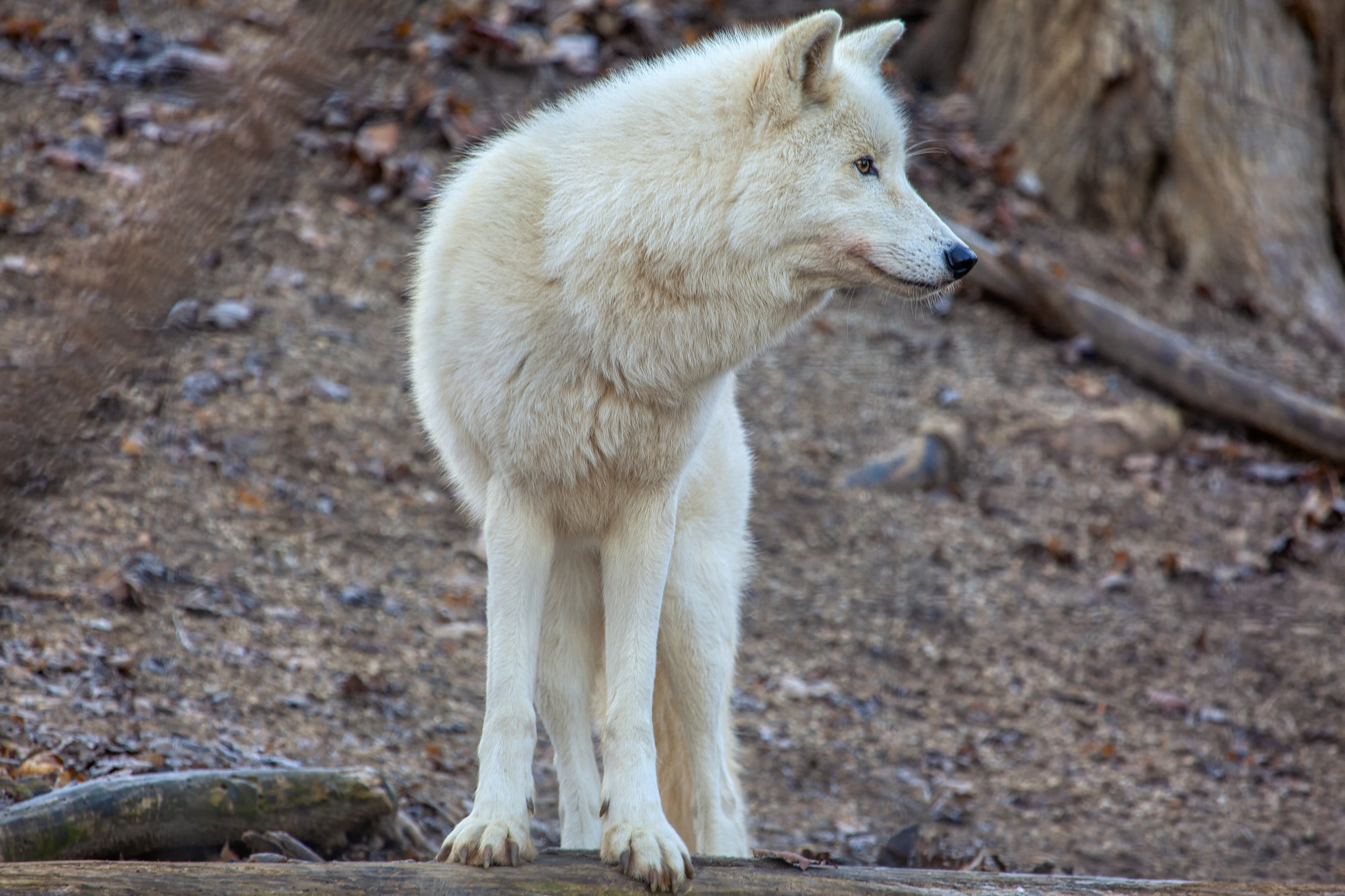
These sanctuaries prove that wildlife conservation depends as much on human passion as scientific knowledge, with volunteers providing the dedicated labor that makes rescue and rehabilitation possible on limited budgets. What begins as curiosity about working with animals often develops into lifelong commitments to conservation that extend far beyond individual volunteer experiences.
Many sanctuary volunteers become advocates, educators, and professionals who carry their hands-on learning into careers dedicated to wildlife protection and habitat preservation.
More from Travel Pug

- Cities Growing so Fast You Won’t Recognize Them in 10 Years
- 13 Destinations Where Tourists Regularly Regret Their Trip
- 16 U.S. Cities That Are Quietly Becoming Travel Hotspots
- Where to Travel If You Love Long Bus Rides and Daydreams
- 20 Cities Perfect for Solo Travelers Who Crave Adventure & Culture
Like Travel Pug’s content? Follow us on MSN.
